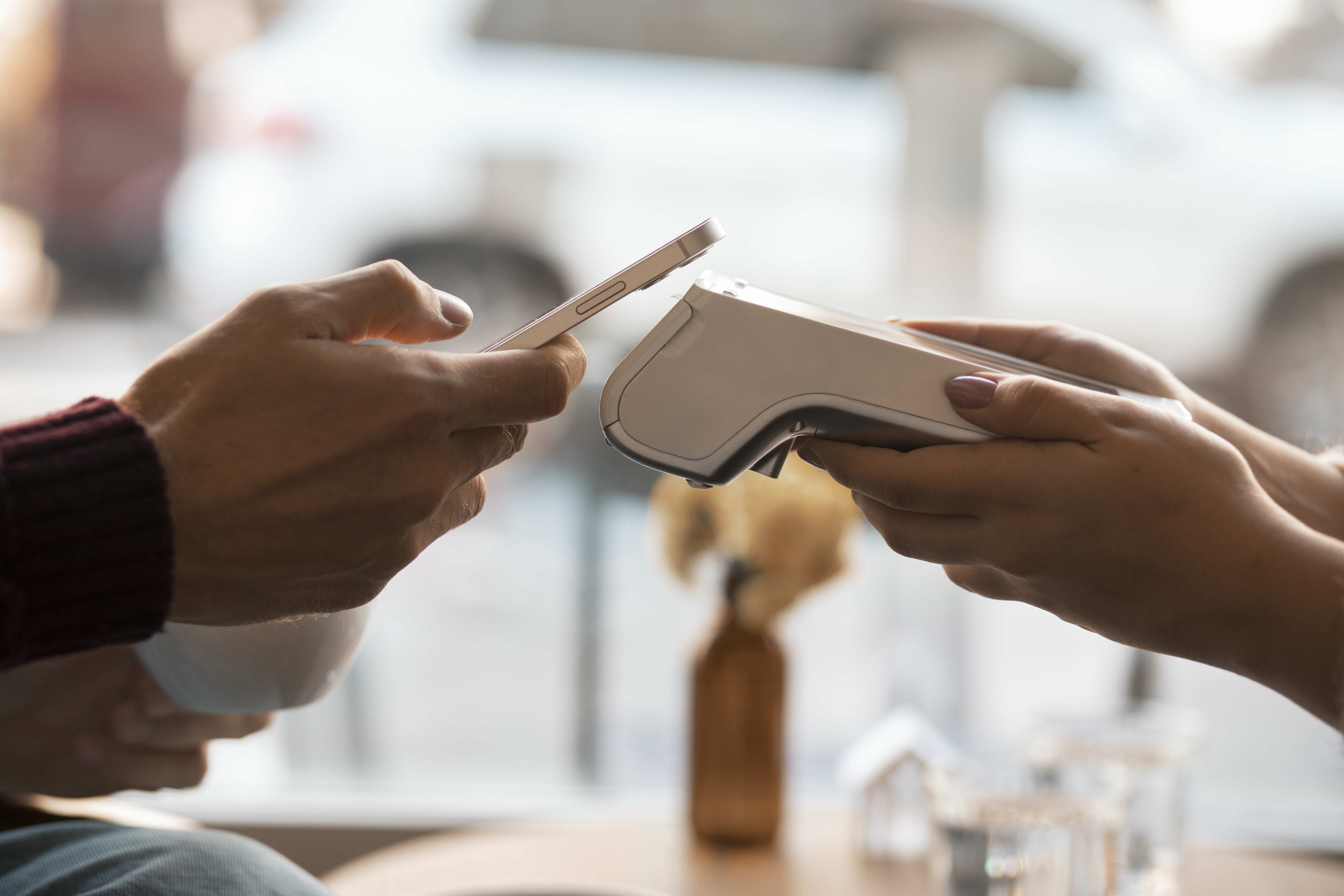What is Contactless Payment? Top Asked Questions About Contactless Payment
Struggling with slow service and security worries at checkout? Modern restaurant payment solutions tackle these, boosting efficiency and customer satisfaction. Explore how.

Contents
- 1. What are the benefits of contactless payments for restaurants
- 2. How to implement mobile payment solutions in restaurants
- 3. Why should I integrate payment systems with online ordering
- 4. What are the essential security measures for restaurant payment processing
- Streamline Operations and Boost Revenue with Eats365
1. What are the benefits of contactless payments for restaurants?
Contactless payments have rapidly become a preferred method for consumers, and adoption within the restaurant industry provides significant advantages. Increased transaction speed is a primary benefit; studies by Visa suggest that contactless transactions can be significantly faster than traditional chip card transactions, although exact figures may vary. This speed is particularly valuable during peak hours, enabling restaurants to serve more customers efficiently. Enhanced hygiene is another key advantage, as contactless payment minimizes physical contact with POS systems, addressing consumer concerns heightened by recent health events. A Mastercard study indicates that a significant majority of consumers now prioritize hygiene more than they did before the pandemic, although precise percentages require verification.
Furthermore, contactless payment options directly improve customer satisfaction. Customers appreciate the convenience and speed, increasing the likelihood of repeat business. Accepting a variety of payment methods—including mobile wallets like Apple Pay and Google Pay, and NFC-enabled cards—caters to a broader range of preferences. Restaurants that offer diverse restaurant payment solutions often see higher average check sizes, as customers are more comfortable making purchases with their preferred methods. This aligns with insights from Square, suggesting that restaurants offering multiple payment options may experience increases in sales, with reported figures indicating up to 15% growth in certain cases.
2. How to implement mobile payment solutions in restaurants?
Implementing mobile payment solutions requires a systematic approach. The first step is selecting the right technology, which often starts with evaluating your existing POS system. Ensure compatibility with various contactless technologies—NFC (Near Field Communication), QR codes, and mobile wallets. Investing in a modern POS system designed to handle restaurant payment solutions is crucial; many legacy systems require costly upgrades or complete replacement.
Next, staff training is paramount. Employees must be proficient in processing contactless payments and troubleshooting common issues. Develop clear, concise training materials and conduct hands-on practice sessions. A smooth customer experience hinges on staff confidence and efficiency.
Potential challenges include initial setup costs, integrating with existing accounting software, and ensuring reliable internet connectivity. Solutions include phased rollouts, seeking support from your POS vendor, and investing in a robust network infrastructure.
Read more: What is QR Code Payment? All You Need to Know about QR Code Payment for Restaurants (eats365pos.com)
3. Why should I integrate payment systems with online ordering?
Synchronizing in-house payment systems with online ordering platforms is essential for streamlining operations and creating a cohesive customer experience. Integration typically involves Application Programming Interfaces (APIs) that allow seamless data transfer between the POS system and the online ordering platform. This ensures accurate order information, real-time inventory management, and consistent pricing across all channels.
Creating a unified experience means that customers should be able to seamlessly pay online and have that transaction information reflect accurately in the restaurant’s point-of-sale system. For example, a customer placing an order through a restaurant’s website or a third-party delivery app should have their payment processed directly through the integrated system, eliminating the need for manual order entry and reducing errors. Selecting restaurant payment solutions that support integrations with online ordering platforms such as Foodpanda, DoorDash, or Uber Eats may help streamline operations, though compatibility should be verified with providers. According to Statista, online food delivery revenue is projected to see significant growth in 2024, potentially reaching hundreds of billions of dollars, although exact figures should be confirmed with the latest data. Efficient order processing directly impacts a restaurant’s ability to capitalize on this growing market.
Read more: Food Delivery Platform Trends Restaurant Owners Must Know in 2025 (eats365pos.com)
4. What are the essential security measures for restaurant payment processing?
In order to keep your restaurant secured from cyber threats, restaurants must comply with the Payment Card Industry Data Security Standard (PCI DSS), a set of security standards designed to protect cardholder data. This includes implementing firewalls, encrypting transmission of cardholder data, regularly updating antivirus software, restricting access to cardholder data, and regularly monitoring and testing security systems.
Beyond PCI DSS compliance, restaurants should implement tokenization—replacing sensitive card data with non-sensitive equivalents—and utilize end-to-end encryption to safeguard data during transmission. Employee training on security protocols is also critical, as human error is a significant source of data breaches. Regularly reviewing and updating security measures is important to keep pace with evolving threats. For example, many restaurants are implementing EMV chip card readers and point-to-point encryption (P2PE) to reduce the risk of card-present fraud. A data breach can result in significant financial losses, reputational damage, and legal penalties, highlighting the importance of investing in comprehensive restaurant payment solutions that prioritize security. According to IBM’s 2023 Cost of a Data Breach Report, the average cost of a data breach can reach millions of dollars for certain industries; while restaurants may be among these sectors, specific figures for the restaurant industry require confirmation.
Read more: 6 Important Restaurant POS Features That Are Often Overlooked (eats365pos.com)
Streamline Operations and Boost Revenue with Eats365
Contactless payments are the future of the dining experience. By integrating solutions like Eats365's POS system, restaurants can offer the speed and convenience diners expect.
Contact us today to learn how Eats365 can help optimize your payment processing.